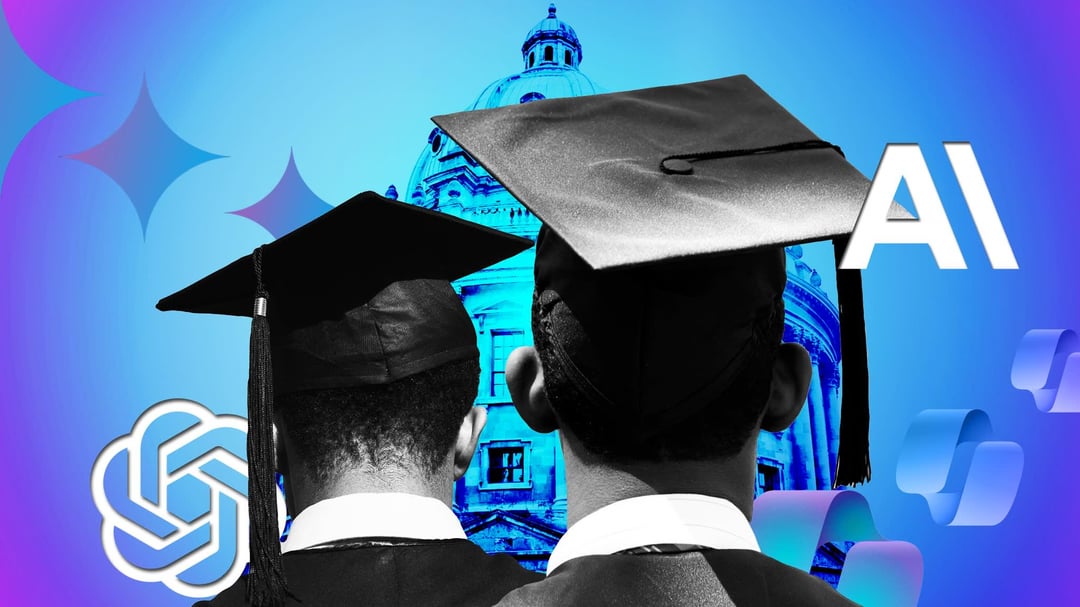In today’s digital first academic landscape, chatbots in the classroom are becoming more than just a novelty they are transforming the very foundation of how education is delivered, accessed, and personalized. As artificial intelligence advances at an unprecedented pace, colleges and universities are now tapping into AI driven chatbots to support students, automate administrative tasks, and enhance learning outcomes. This fusion of technology and education marks a significant paradigm shift.
From Novelty to Necessity: The Rise of Chatbots in Higher Education
The concept of chatbots in the classroom might once have sounded futuristic, but it’s now a reality in institutions around the world. Designed to mimic human conversations, chatbots serve as virtual teaching assistants, academic advisors, and even mental health supporters. With the explosion of remote and hybrid learning, their role has become even more vital.
Dr. Emily Sanchez, an education technology researcher at Stanford University, explains, “Chatbots are revolutionizing the student experience by offering 24/7 access to information and personalized academic support. They don’t replace educators but empower them to focus on high impact teaching.”
Georgia State University’s Pounce Chatbot
In 2016, Georgia State University launched “Pounce,” an AI chatbot developed to help incoming freshmen navigate admissions and enrollment. The results were astounding Pounce reduced summer melt (students who accept offers but don’t enroll) by 21.4%.
The secret? Timely, relevant responses. Students received personalized nudges and reminders about registration, financial aid, and orientation, which made them feel more connected and less overwhelmed.
The success of Pounce sparked interest from other universities, highlighting how chatbots in the classroom can bridge gaps that traditional communication often fails to address.
How Chatbots Enhance the Learning Experience
1. Personalized Learning Pathways
By analyzing student behavior, performance, and preferences, AI powered chatbots can recommend tailored study materials, quizzes, and resources. This adaptive learning helps students understand concepts at their own pace.
2. Real Time Feedback and Support
Unlike email or office hours, chatbots are available 24/7. Students can ask questions and receive immediate answers, helping them stay on track. This constant accessibility is especially beneficial for international students and those juggling jobs or families.
3. Reduced Administrative Burden
From scheduling classes to answering FAQs, chatbots handle repetitive queries, allowing staff and faculty to focus on strategic, student centered activities.
Learning Beyond Office Hours
Sara Malik, a final year business student at the University of Toronto, shares her experience, “I was struggling with statistics and felt embarrassed to keep emailing my professor. The AI chatbot not only explained formulas step by step but also guided me to video resources and practice problems. I ended up improving my grade significantly.”
Her story reflects how chatbots in the classroom empower students to take control of their learning in a non judgmental, accessible environment.
Addressing the Concerns: Are Chatbots Replacing Teachers?
This is a common misconception. Chatbots are not here to replace human educators but to complement them. They handle routine tasks, provide supplemental assistance, and ensure no student feels left behind.
Dr. Jason Lee, an AI ethics professor, notes, “The human touch in teaching empathy, inspiration, mentorship cannot be replicated by bots. What chatbots offer is efficiency and accessibility, especially in large or under resourced institutions.”
Despite their benefits, chatbots aren’t perfect. Misinterpretation of queries, lack of emotional intelligence, and privacy concerns are valid issues.
Data Security: Universities must ensure that student data collected through chatbots is stored and used ethically.
Bias and Accessibility: Developers must train bots on diverse datasets to avoid biases and make them accessible for differently abled students.
The Future of AI in Education
As natural language processing and machine learning continue to evolve, the future of chatbots in the classroom looks promising. Integrations with learning management systems (LMS), predictive analytics, and even voice recognition are on the horizon.
Emerging Trends:
AI tutoring in virtual reality (VR) environments, Emotional AI to detect stress or confusion in student queries, Integration with wearable tech for real time learning support
Embracing the AI Powered Classroom
The integration of chatbots in the classroom is not just a technological upgrade it’s an educational revolution. By offering personalized, timely, and round the clock support, chatbots are making higher education more inclusive, efficient, and effective.
Institutions that embrace this change are likely to see improved student satisfaction, retention, and performance. While challenges remain, the benefits far outweigh the drawbacks when implemented responsibly.
As we look ahead, one thing is clear: chatbots in the classroom are not just reshaping higher education they’re redefining it for a smarter, more connected generation.


1 thought on “Chatbots in the Classroom: How AI is Reshaping Higher Education”